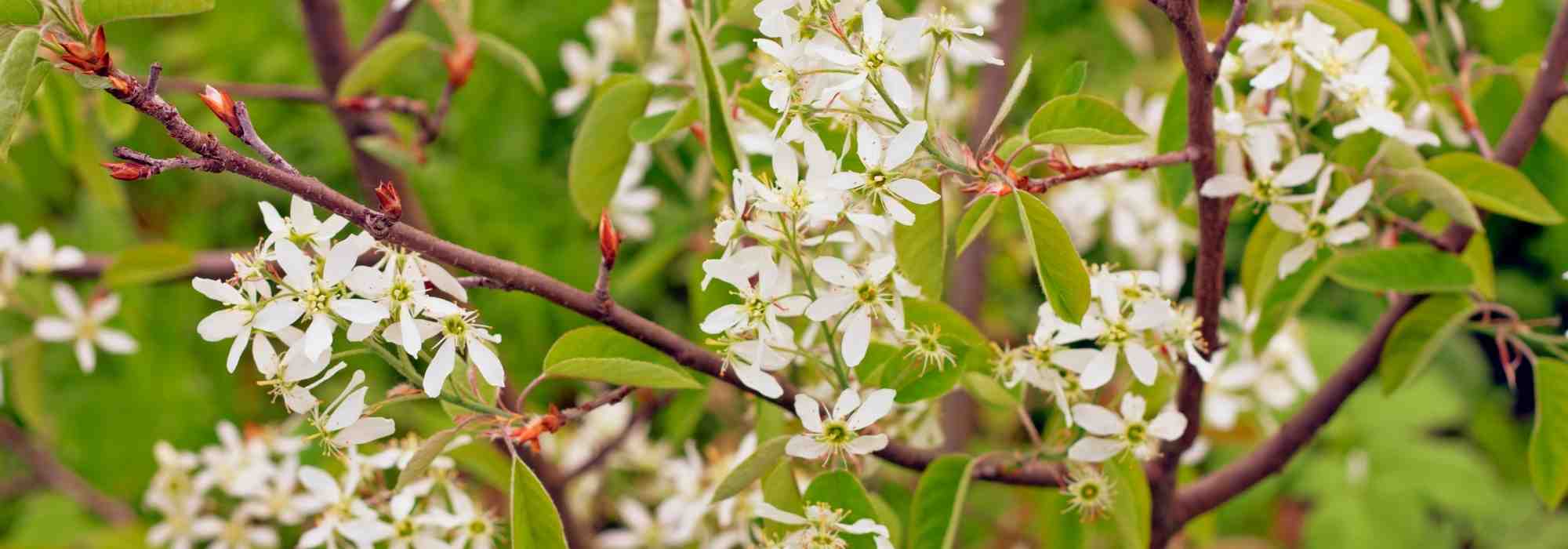
8 very hardy shrubs resistant to frost
A selection of ultra-hardy shrubs suited to cold regions
Contents
In cold (continental) climates (where chilly temperatures prevail for much of the year), you really need ultra-hardy plants, able to withstand at least -20°C, unharmed by weight of snow and, above all, sudden successive thaw–freeze cycles. Icy, desiccating winter winds in fact demand careful thought when choosing bushes that will resist and establish themselves for the long term from an early stage. While conifers are naturally to be favoured, some deciduous bushes cope better than certain hardy evergreen bushes, whose foliage is often scorched by frost. In any case, in cold climates, avoid planting spring-flowering bushes on east-facing aspects where they would suffer from morning frosts, and choose bushes that flower later in the season, without forgetting winter flowering.
Here is a selection of 8 bushes that defy cold, which will be useful to complete a border or landscape a garden in a cold-climate region.
Amelanchier canadensis: ornamental all year round and ultra-hardy
Canadian Amelanchier are wonderful deciduous shrubs with spring flowering, extremely hardy as they withstand temperatures down to -30 °C! The abundant flowering of Amelanchier canadensis occurs in April–May, beginning as pink flower buds then developing into delightful star-shaped white flowers washed with yellow. Ornamental red then black berries, much prized by birds, cover the shrub from summer onwards. Another major asset of Amelanchier is its magnificent autumn colour, when leaves turn orange-red to fiery red: it then becomes a focal point in the garden! It thrives in any humus-bearing soil that remains sufficiently cool, in sun or partial shade. Prefer a solitary position where it will be particularly showcased. In informal hedge or meadow-style mixed border it is also at ease, sharing space with some Cotinus with airy flowering, Narcissus ‘Thalia’, a golden spirea Spiraea vanhouttei ‘Gold Fountain’, etc.
N.B.: Amelanchier ‘Ballerina’ is a variant of the species, with purple-emerging leaves in spring.
→ To find out more, see full fact sheet: Amelanchier, plant, prune, to grow
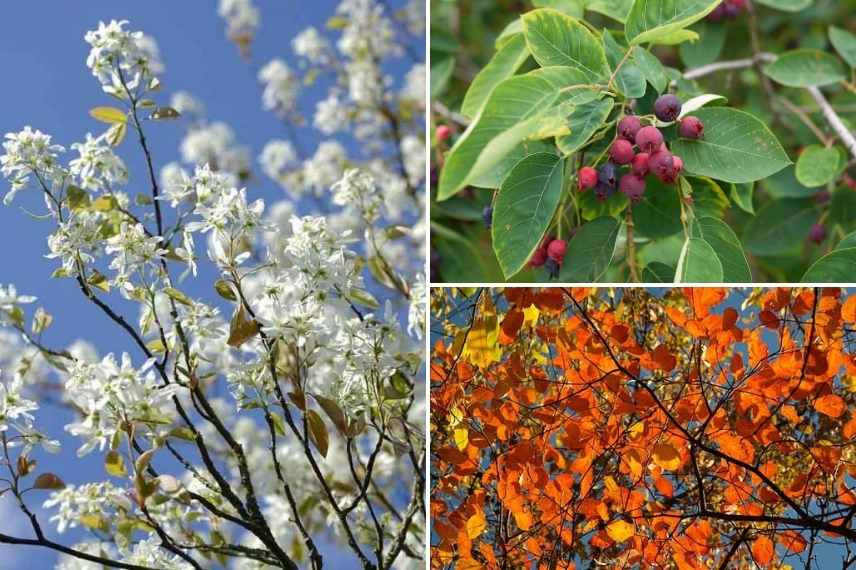
Amelanchier canadensis : flowering, berries and autumn colour
Read also
10 very hardy, frost-resistant treesJuniperus communis 'Green Carpet': blue-hued for sunny rockeries
Conifers are among plants to install without hesitation in garden when living in region experiencing severe frosts and a cold climate. Evergreen, they dress garden year-round, and are magnificent mixed with deciduous shrubs. Among their vast plant palette, low, spreading forms such as Juniperus communis ‘Green Carpet’ are very useful for creating impenetrable groundcovers or for dressing a large rockery. ‘Green Carpet’ eventually spreads to 2 m wide by 50 cm high, forming a dense light-green tapetum thanks to its spring shoots, then dark green with very attractive bluish highlights, almost purplish in winter.
This creeping juniper needs a well-drained, even dry soil to thrive and a very sunny position. It suits contemporary or traditional spaces, bringing an unmistakable graphic touch. In rockery, you can accompany it with a Cryptomeria japonica ‘Gold’, a Picea with bluish foliage, heathers, a Euonymous fortunei ‘Emerald ’n Gold’ or a barberry for perfect contrast…
→ To learn more about Juniperus, discover our full fact sheet: Juniperus, Juniper: planting, pruning and care
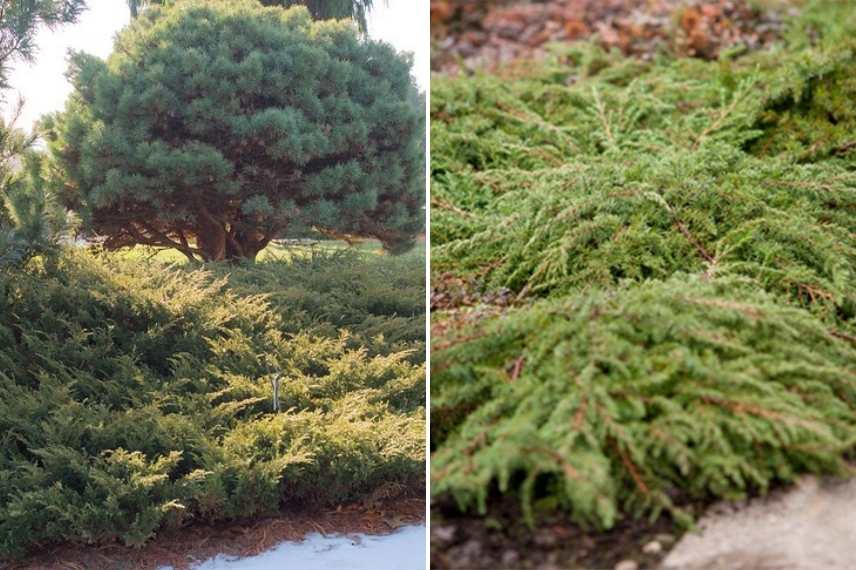
Juniperus communis ‘Green Carpet’ (left photo: FD Richards)
Discover other Shrubs
View all →Available in 0 sizes
Available in 1 sizes
Available in 1 sizes
Available in 1 sizes
Available in 1 sizes
Available in 1 sizes
Available in 1 sizes
Available in 1 sizes
Available in 1 sizes
Available in 1 sizes
Chionanthus virginicus: white as snow
Relatively unknown and still uncommon in our gardens, Chionanthus virginicus is a very handsome deciduous shrub to plant in cold regions. With an erect, bushy habit from the base, this vigorous shrub of American origin is hardy down to -25 °C. The snow tree (3 m x 3 m) owes its name to its pure white flowering in trailing panicles, dazzling and late in spring, usually in May or June. Leafing out fairly late, its buds are thus protected from late frosts common in cold climates. Dark green foliage takes lovely yellow tones in autumn and the shrub produces blue berries on female specimens. Chionanthus virginicus favours fresh to moist, sandy-clay soils that are slightly acidic. Plant in sun or partial shade, as a solitary specimen or in an informal hedge. It can be used in an urban garden, as it is highly tolerant of pollution. It is best displayed in a border with contrasting purple foliage and white and pink flowering: Pentsemon ‘Husker’s Red’, Weigela ‘Milk and Honey’, Deutzias, some heucheras with purple leaves, or in a blue-and-white border (Geranium Salome, Iris, Amsonias…)
N.B.: Chionanthus retusus, native to Japan and Korea, is hardy to -15 °C, and tends to form a tree about 9 m tall at maturity.
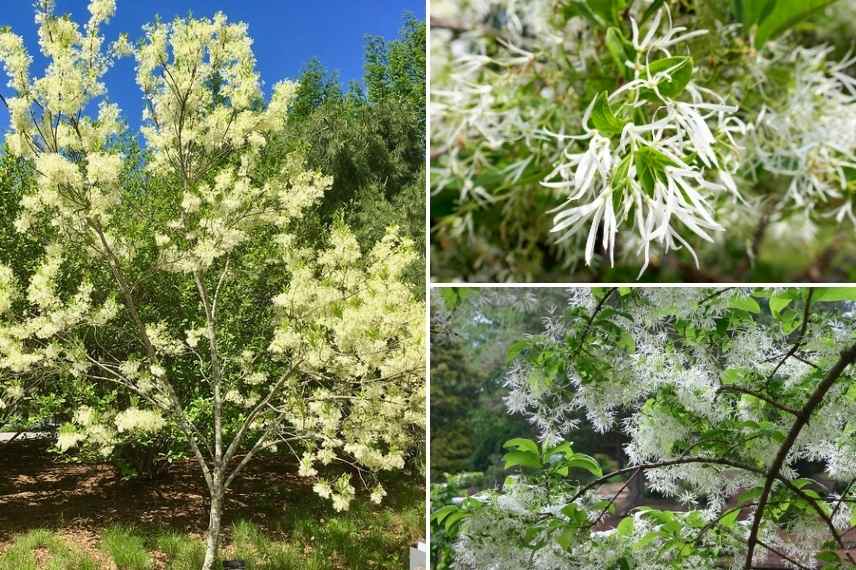
The snow tree lives up to its name so well!
Read also
10 hardy evergreen shrubsHydrangea arborescent 'Hayes Starbust': extreme delicacy
Hydrangeas are well accustomed to periods of intense cold: mostly native to eastern Asia and America, they are very hardy shrubs and largely unaffected by frost. Among the American species Hydrangea arborescens, the cultivar ‘Hayes Starbust’ is a little gem, fully hardy and ideal for planting in sun or light shade. This hydrangea is truly delicate with its double white flowering, ranging from cream to pale green. It is not bothered by late spring frosts and renews its buds throughout the summer. At 1.20 m tall and as wide, it stays compact and can take a border which it lights up, but also a large container on a shaded terrace. This hydrangea from the collection suits both a Japanese garden and a country garden where it pairs wonderfully with larger Hydrangeas (Hydrangea paniculata ‘Le Vasterival’).
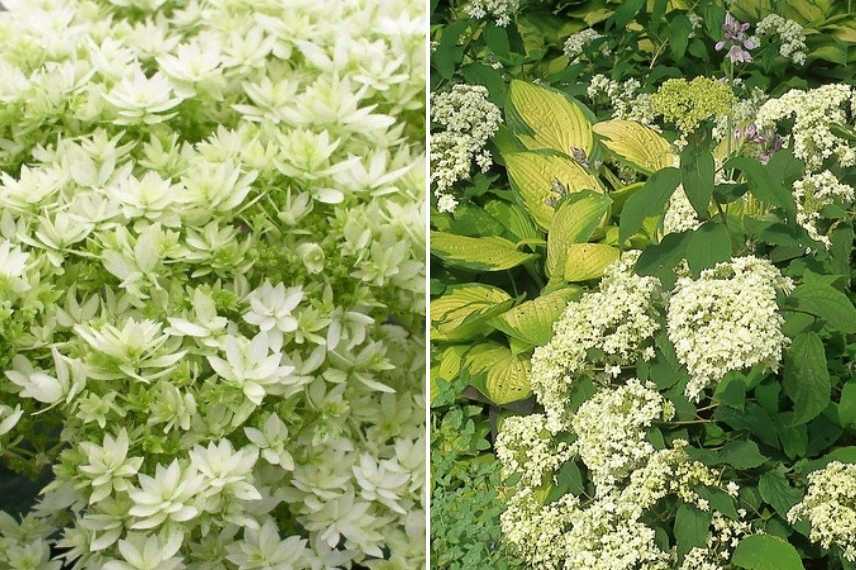
Inflorescences of Hydrangea arborescens ‘Hayes Starbust’, on the right in a border with hostas (photo: Cultivar 413)
Ilex aquifolium 'Argenteomarginata': your ally against the cold
Holly is your garden’s frost shield! Often overlooked in private gardens because considered not very glamorous, variegated varieties may make you change your mind: they allow creation of very interesting colour patterns in a small bed, as a specimen, in a hedge, or as contemporary topiary. Ilex aquifolium ‘Argenteomarginata’ is hardy down to -20 °C. Its evergreen, glossy and leathery foliage, margined with cream-white, will never suffer from frost; it remains immaculate year-round. Plant it in a sheltered spot at altitude. Still unsure? Holly is a bush very resistant to pruning, even severe pruning, grows in all exposures (in sun for our variegated selection), and thrives in town gardens, not fearing urban pollution. It remains a slow-growing bush. Of course, if you plant at least two (a male and a female plant), you’ll thank it at Christmas for its red berries that will beautify your tables and festive decorations!
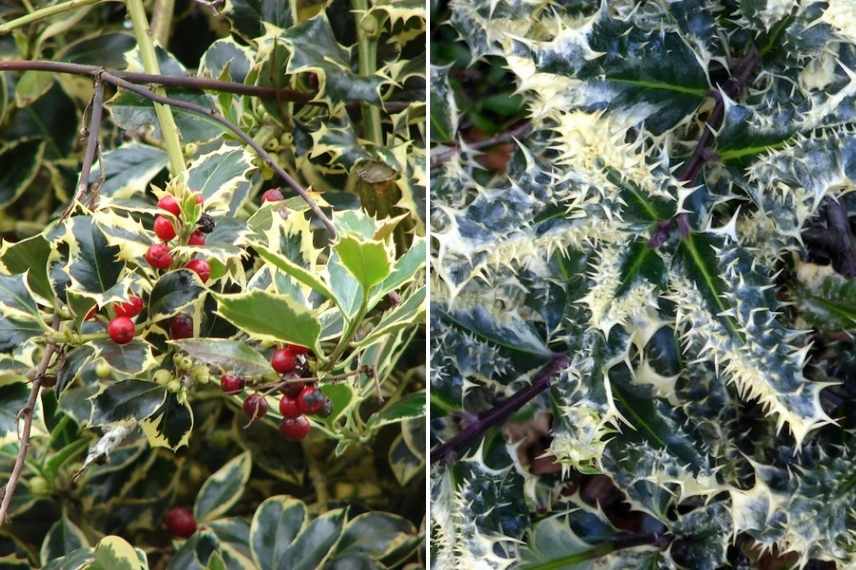
Variegated holly (Ilex aquifolium ‘Argenteomarginata’) on left. On right, another variegated variety: Ilex aquifolium ‘Ferox Argentea’ (photo: W. Cutler)
Cornus alba ‘Kesselringii’: a striking ebony colour
The decorative white-wood dogwoods are fully hardy, bushy, deciduous-leaved shrubs, their coloured bark splashing bright hues across sleepy gardens. Among the different varieties, all with strong regrowth ability, Cornus alba ‘Kesselringii’, or mahogany-stemmed white dogwood, stands out for the remarkable ebony colour of its wood. It contributes to winter garden beauty, not only with this superb purplish-brown hue but with a broadly upright habit that becomes as wide as tall with age (2 m by 2 m). Earlier in the season its green leaves are adorned with white flowers in spring, which turn into pretty white berries throughout summer. Then the leaves turn a lovely red in autumn. Plant in sun or partial shade, in any type of soil (prefers moist ground).
It makes an impact when planted en masse in a bed with a few Carex oshimensis in acid-green tones at its feet, elegantly accompanies a few ornamental apple trees, and enhances a Birch’s bark in a bed where pink heathers, early Bergenias ‘Rosenkristall’ and Leucothoe reinforce the flamboyant effect. For a graphic version, contrast with a few white willows and Cornus ‘Flaviramea’!
→ Discover our range of coloured-wood dogwoods
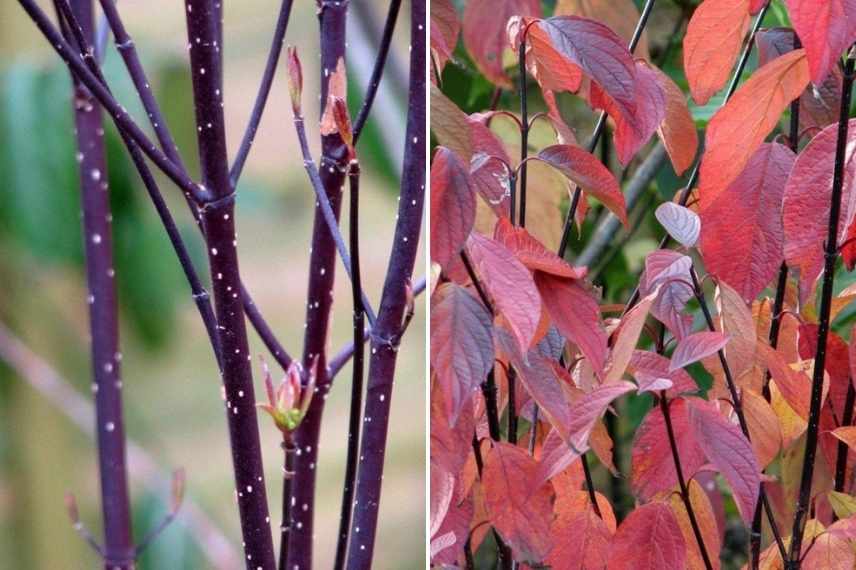
Cornus alba ‘Kesselringii’ : wood in winter, and leaves in autumn
Hamamelis 'Jelena': stunning winter displays
The Hamamelis, kings of winter in our gardens, withstand temperatures down to -20 °C, which intensify their warm colours. These shrubs are prized for their winter flowering that occurs when few colours brighten the garden. But they are also very interesting shrubs in autumn, when their foliage lights up in yellow to orange tones.
L’Hamamélis x intermedia ‘Jelena’ is one of the most beautiful “witch-hazels” (their other pretty name), with its fringed copper-orange flowers with a red calyx that open between January and February. Grown in slightly acidic soil, in sun and in cool soil, sheltered from winds, ‘Jelena’ will not go unnoticed in your garden! It will reach 4 m in every direction at ripeness, slowly forming an absolutely striking shrub with a spreading habit. It is naturally superb planted alone, and can serve as a focal point for a bed composed of golden perennials (Libertia peregrinans, Carex testacea), bright heathers, and an Edgeworthia that will take over…
→ Discover our range of Hamamelis and ideas for pairing with your Hamamelis
Poncirus trifoliata: a hardy orange with bite
Dream of citrus trees in your garden… and not planning to move house? With the spiny lemon tree, also called trifoliate orange, you can afford that luxury if you live in a cold region, except at altitude. Unlike other citrus trees, it is deciduous, which provides considerable protection: it withstands cold down to -20°C. This shrub, about 2 m tall and of Asian origin, produces a very fragrant spring flowering, perpetual in September. It is both a superb ornamental shrub with remarkable flowering, a structural bush — very striking in midwinter with its twisted, thorny branches… — and a fruit tree that produces small orange “golden apples” highly decorative late in the season. Plant Poncirus trifoliata in a container, placed alone to show it off. Its extremely rigid branches are a boon in cold climates. Its pretty white flowers are very similar to those of Choisya (that is normal, it belongs to same family, Rutaceae). Even if its fruits are not edible, here is a rather original small shrub that will make a splash when well sited in your garden!
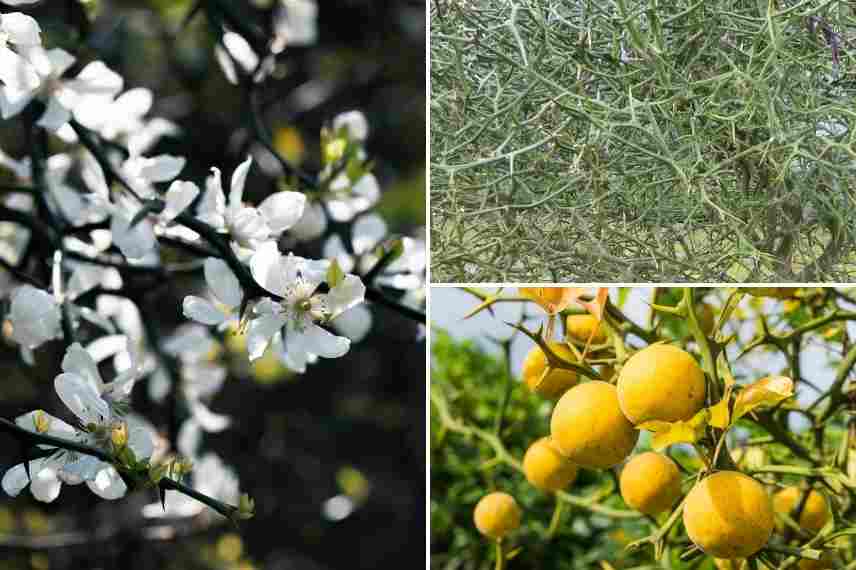
Poncirus trifoliata: flowers, thorny structure (photo: G. David) and fruits
→ Discover our complete guide to Poncirus
- Subscribe!
- Contents
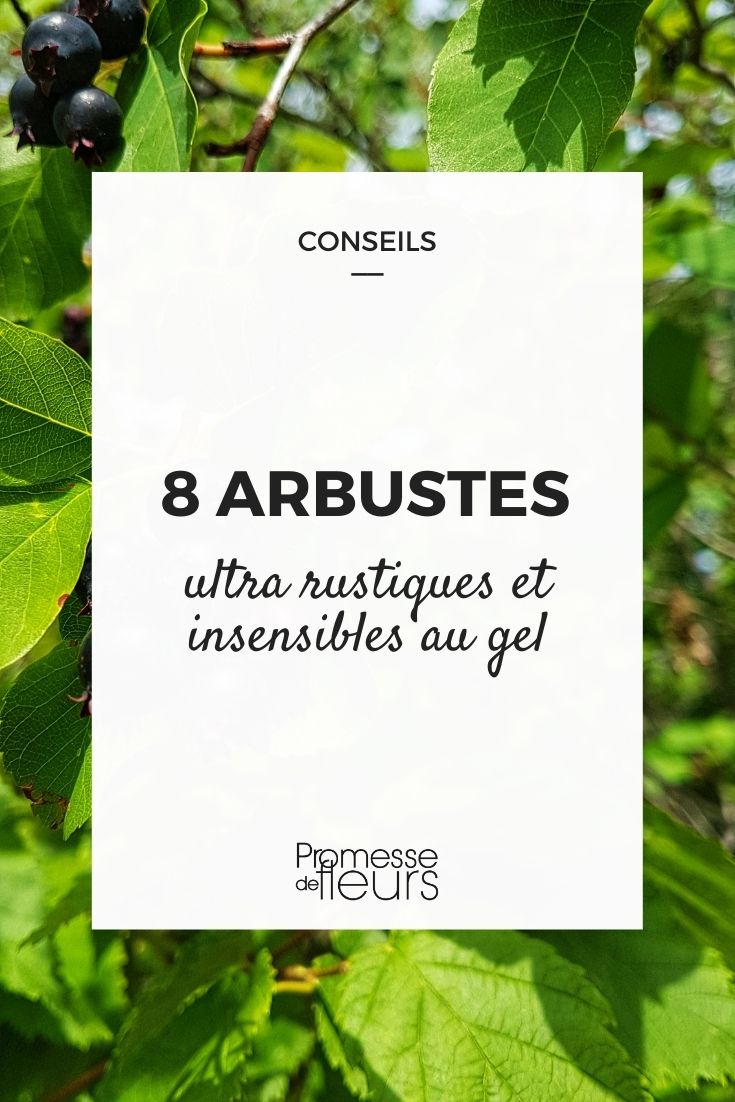































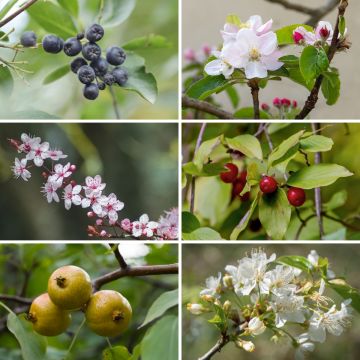
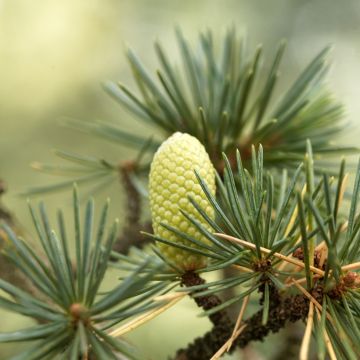
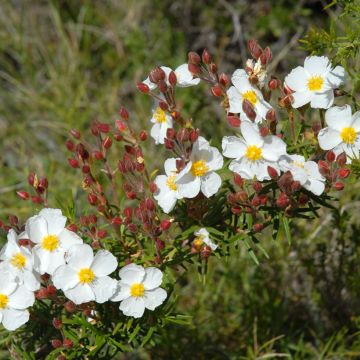
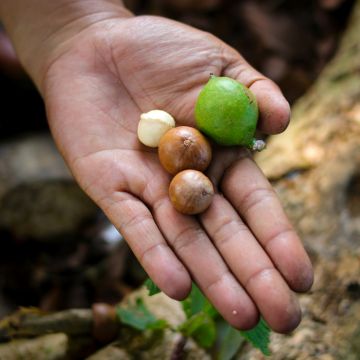
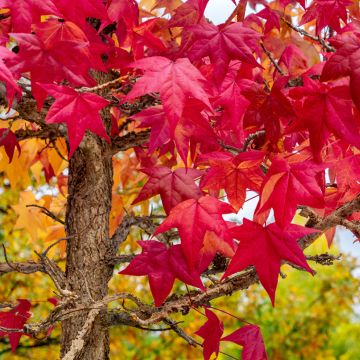
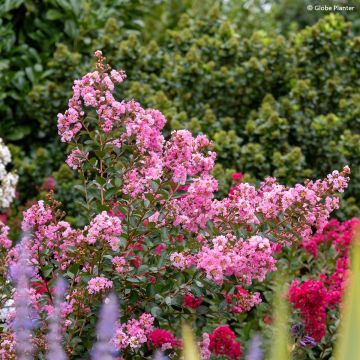
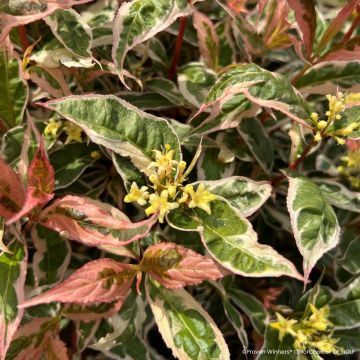
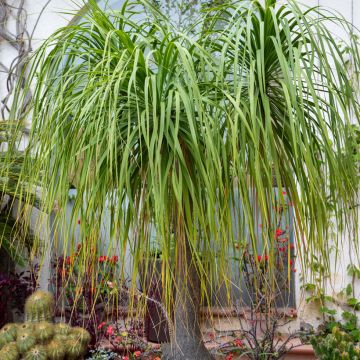

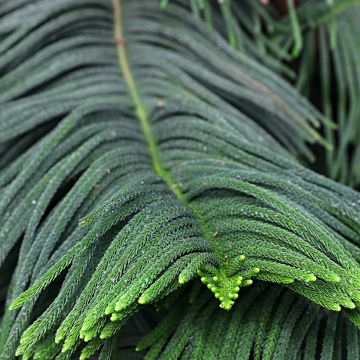
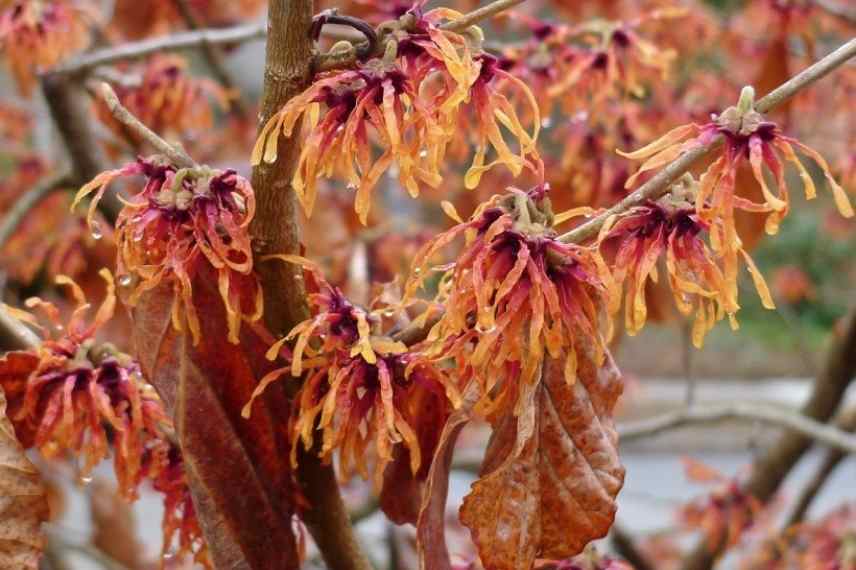
Comments